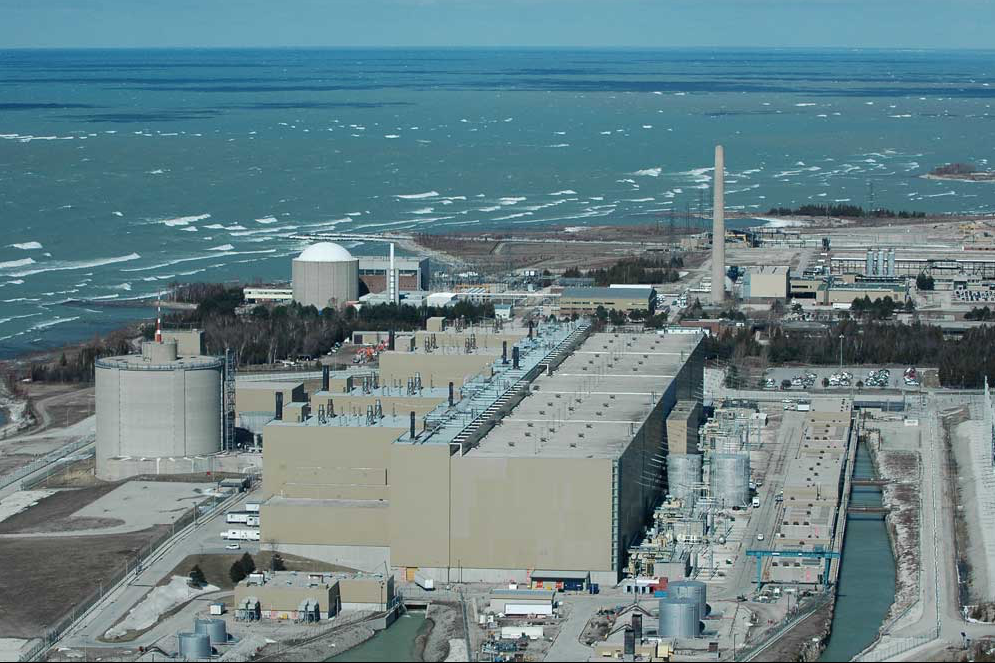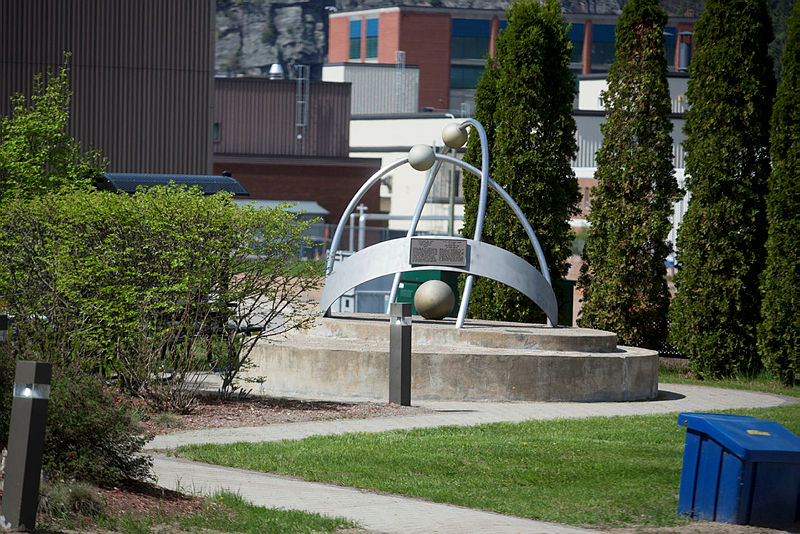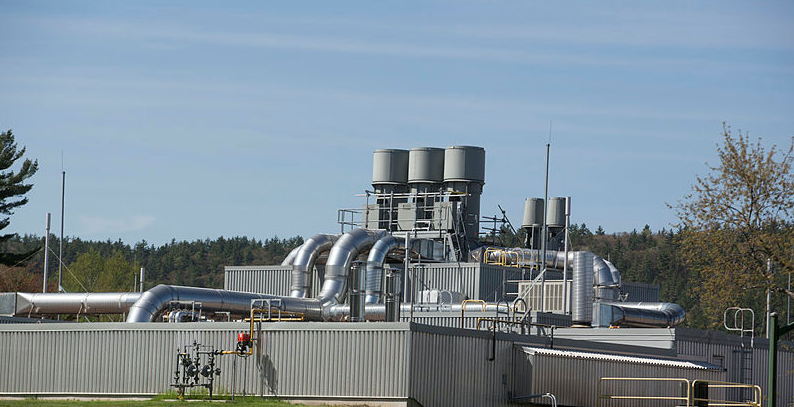- The COP26 Climate Change Conference in Glasgow, Scotland, last month included promising pledges for cutting emissions worldwide, although by all accounts they were insufficient

- The COP26 Climate Change Conference in Glasgow, Scotland, last month included promising pledges for cutting emissions worldwide, although by all accounts they were insufficient
- The COP26 Climate Change Conference in Glasgow, Scotland, last month included promising pledges for cutting emissions worldwide, although by all accounts they were insufficient




